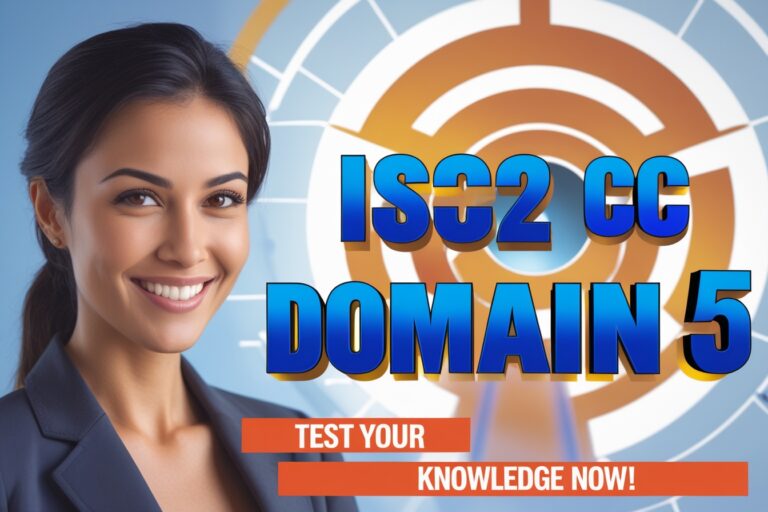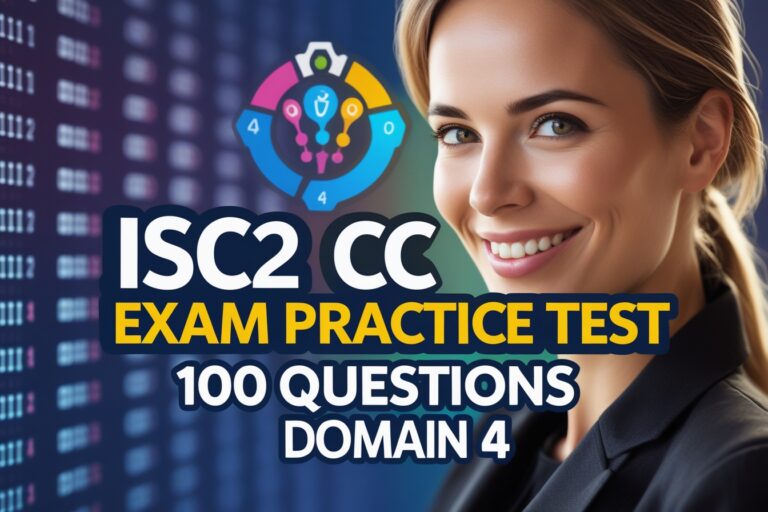Read Next: Top 20 MCQ on Wireless Mobile Communication
1) State whether the following statements about the antenna are True or False.
i. It converts electrical power into electromagnetic waves and vice versa.
ii. It can be used either as a transmitting antenna or a receiving antenna.
iii. The Same antenna can not be used for both transmission and reception.
A) i-True, ii-True, iii-True
B) i-True, ii-False, iii-True
C) i-False, ii-True, iii-True
D) i-True, ii-True, iii-False
2) The … antenna consists of two straight collinear conductors of equal length, separated by small gap.
A) half-wave dipole
B) horizontal-quarter wave dipole
C) vertical-quarter wave dipole
D) folded dipole
3) A … antenna is the type commonly used for automobile radios and portable radios.
A) half-wave dipole
B) horizontal-quarter wave dipole
C) vertical-quarter wave dipole
D) folded dipole
4) A … has a uniform or omnidirectional radiation pattern in one dimension.
A) half-wave dipole
B) horizontal-quarter wave dipole
C) vertical-quarter wave dipole
D) folded dipole
5) … antenna is used in terrestrial microwave and satellite applications.
A) Isotropic
B) Marconi
C) Parabolic reflective
D) Folded dipole
6) An … antenna is a point in space that radiates power in all directions equally.
A) Isotropic
B) Marconi
C) Parabolic reflective
D) Folded dipole
7) A signal radiated from an antenna travels along with one of the following routes.
i. Ground wave
ii. Line of sight (LOS)
iii. Skywave
A) i and ii only
B) ii and iii only
C) i and iii only
D) All i, ii and iii
8) The … is connected at one end to the surface of the earth and to the ionosphere at the other.
A) Ground wave
B) Line of sight (LOS)
C) Skywave
D) Quater wave
9) … is an example of ground wave communication.
A) FM Radio
B) AM Radio
C) CB Radio
D) Microwave
10) In the …, the wave is in the ionosphere, it is strongly bent, or reflected and ultimately back to the ground.
A) Ground wave
B) Line of sight (LOS)
C) Skywave
D) Quater wave
11) … is an example of skywave communication.
A) FM Radio
B) AM Radio
C) CB Radio
D) Microwave
12) … is a type of propagation that can transmit and receive data only where transmit and receive stations are in view of each other.
A) Ground wave
B) Line of sight (LOS)
C) Skywave
D) Halfwave
13) Which of the following is/are the examples of line-of-sight communication?
i. AM Radio
ii. FM Radio
iii. Microwave
A) i and ii only
B) ii and iii only
C) i and iii only
D) All i, ii and iii
14) … is uniformly distributed across the frequency spectrum and hence is often referred to as white noise.
A) Thermal Noise
B) Intermodulation Noise
C) Impulse Noise
D) Crosstalk
15) … is produced when there is some non-linearity in the transmitter-receiver.
A) Thermal Noise
B) Intermodulation Noise
C) Impulse Noise
D) Crosstalk
16) … occur when unwanted signals are picked up by microwave antennas.
A) Thermal Noise
B) Intermodulation Noise
C) Impulse Noise
D) Crosstalk
17) State whether the following statements about the impulse noise are True or False.
i. It was generated from external electromagnetic disturbances.
ii. It is generally only a minor annoyance for analog data.
iii. It is the secondary source of error in digital data transmission.
A) i-True, ii-True, iii-True
B) i-True, ii-False, iii-True
C) i-False, ii-True, iii-True
D) i-True, ii-True, iii-False
18) … occurs when an incoming signal hits an object whose size in the order of the wavelength of the signal or less.
A) Scattering
B) Diffraction
C) Fading
D) Reflection
19) … occurs at the edge of an impenetrable body that is large compared to the wavelength of radio wave.
A) Scattering
B) Diffraction
C) Fading
D) Reflection
20) … occurs when the signal encounters a surface that is large relative to the wavelength of the signal.
A) Scattering
B) Diffraction
C) Fading
D) Reflection
Answers:
- D) i-True, ii-True, iii-False
- A) half-wave dipole
- C) vertical-quarter wave dipole
- A) half-wave dipole
- C) Parabolic reflective
- A) Isotropic
- D) All i, ii and iii
- A) Ground wave
- B) AM Radio
- C) Skywave
- C) CB Radio
- B) Line of sight (LOS)
- B) ii and iii only
- A) Thermal Noise
- B) Intermodulation Noise
- D) Crosstalk
- D) i-True, ii-True, iii-False
- A) Scattering
- B) Diffraction
- D) Reflection
Read Next: Top 20 MCQ Questions on Encoding and Modulation









